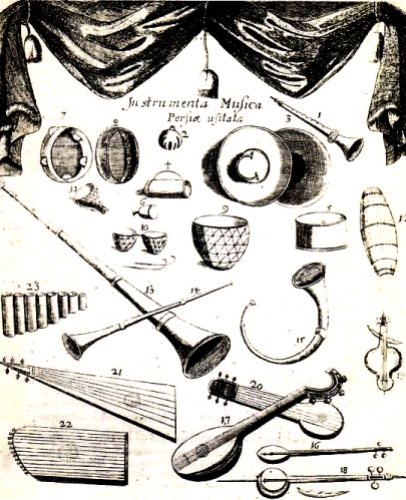
An account by the German physician Engelbert Kaempfer (1651–1716) of meetings in 1691 with the shōgun Tokugawa Tsunayoshi (1646–1709) evinces examples of exoticism on both sides.
Each man was curious about the other’s culture, but the situation was unbalanced. The visitor was in a position to gain a fairly objective view of the world of his host, although the situation was far too restrictive to allow in-depth research.
On the other hand, while the shōgun could order his guests to perform for his entertainment—to dance, sing, and so on—he did not know whether or not the information that he gained thereby was reliable. For example, when Kaempfer complied with the order to sing a song and was subsequently asked for a translation of the text, he responded that it expressed his deep wish for the health and prosperity of the shōgun and his family.
This according to “Exoticism and multi-emics: Reflections upon an earliest record of culture contact between Japan and Europe” by Osamu Yamaguchi, an essay included in Music cultures in interaction: Cases between Asia and Europe (Tōkyō: Academia Music, 1994, pp. 243–248; RILM Abstracts of Music Literature 1999-35931).
Above, a version of the map that Kaempfer brought back from Japan in 1692 (click to enlarge); below, the opening movement of Manzai raku (Ten thousand years of music), an example of the bugaku genre that was flourishing in Japanese courts at the time.
Related article: 17th-century Persian music



